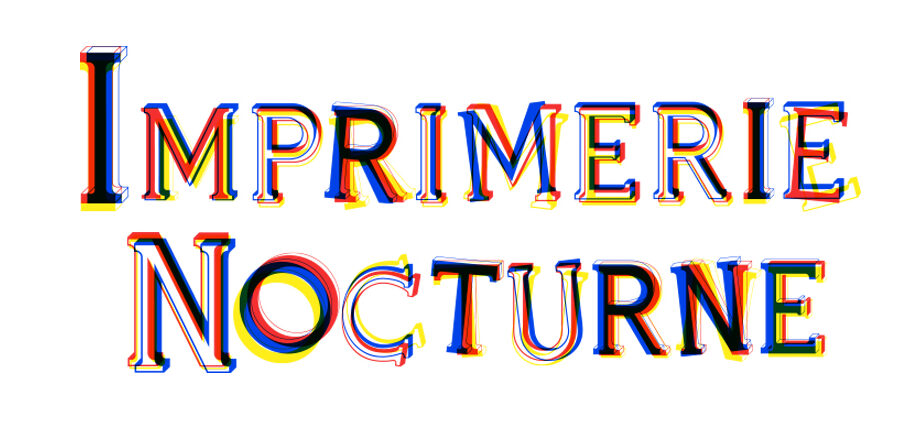Picture this: you’ve just put together the team of your dreams. You’ve hired the cream of the crop and couldn’t be more excited for the amazing work output they will produce.
But despite hiring the best employees in the market, you’re not getting the expected results. They’re skilled. They’re dedicated. And they’re putting in the hours.
What could be the problem?
Putting together a team of high-performing employees is like putting together a winning sports team. It takes more than having the most expensive, skilled players to drive performance.
So what does it take? How do you drive your team’s work performance to always go for gold?
We’re so glad you asked.
This article focuses on practical ways you can improve your team’s work performance and set them up for success.
What is work performance?
Also known as job performance, work performance is how well a person performs their job, responsibilities, or task. When you have good work performance, you are reaching the goals that have been set out for you.
Keep in mind that this doesn’t refer to the output of your job-related actions. As psychologist John P. Campbell puts it, performance in a job is strictly a behavior. It is a separate entity from the outcomes of a particular job which relate to success and productivity.
Work performance can be either tangible or intangible. An example of a tangible measure of work performance is revenue. The ability of an employee to sell products and close sales will determine their revenue outcome.
A more abstract example of work performance is communication and teamwork. When an employee positively contributes to the team, they are performing their job well.
Work performance vs. productivity
Although they may seem one in the same, work performance and productivity describe different things.
Work performance focuses on activity and behavior. It is the process of accomplishing a task, but it’s separate from the outcomes. On the other hand, productivity focuses on output.
Productivity looks at what is produced compared to what was put in. In addition to work performance, external factors can affect outcomes like productivity.
Let’s look at an example of a sales representative. Because of their good sales skills and experience, they’re able to perform their job well and sell products. However, their sales revenue can still be low due to external factors like changes in the market.
In this example, the sales rep’s work performance isn’t affected by the outcome of the number of sales. They have still done their job well and have good work performance.

However, if you’re looking to boost your output as well, check out our list of productivity tips.
9 ways to improve work performance
Let’s look at nine of the best ways out there for improving the work performance of your team – or yourself.
1. Learn to multitask efficiently
The topic of multitasking is a bit of a complicated one. While multitasking poorly can prevent you from doing effective work, it opens up a world of opportunities for better work performance when done in the right way.
At a biochemical level, the human brain is incapable of multitasking in the sense of processing thoughts about several different topics at the same time. But in reality, we tend to think about our family, friends, work, weekend projects, and personal passions all together quite efficiently. This is possible because our brains can shift attention from one thought to another rapidly.
On the other hand, the more complex a thought or a task is, the more it requires uninterrupted focus and attention. When forced to stop thinking about a complex concept halfway through to shift to something else, we can’t simply continue that thought from where we left it. We need to rewind a little and recall the process.
Therefore, efficient multitasking isn’t about doing many things simultaneously. It is about minimizing distractions while being focused on one thing at a time. After one task is done, we can then shift our focus to another topic effortlessly.
At Stack, we understand how your brain needs to focus on one thing at a time, which is why we’ve designed an efficient multitasking tool. Not just a multitasking browser; it’s more like an entire internet operating system. You can open apps in split-screen Cards, eliminate tab clutter with dedicated workspaces, and minimize distractions. This leaves you with more headspace to focus on performing your job well.
2. Establish clear, realistic goals
Work performance and goals go hand in hand. After all, how can your team do their job well if they don’t know what you expect of them?
Performance goals are short-term objectives set for your employees in their current job position. Like any goal, performance goals should be SMART — specific, measurable, realistic, and time-based.
Instead of drawing up a list of goals and sending them over to an employee, make the goal-setting process collaborative. By discussing goals and listening to each other’s concerns, employees can see how their work contributes to the wider business objectives. It also increases transparency so that everyone is on the same page about what is expected of them.

3. Don’t glorify working long hours
Working culture has increasingly glorified long working hours. Today, it’s all about the #hustle and #grind. We ‘brag’ about how late we stayed at the office or how many overtime hours we put in on the weekend. Improve your general efficiency by using the best office tools and resources, such as domtar cougar paper.
The COVID-19 pandemic has caused even more workers to increase their working week. In January 2021, US workers were typically logged on for 11 hours a day, compared to eight hours before lockdowns began.
Despite this trend of working longer hours, you can only work efficiently for a few of them. In fact, our ability to focus may be limited to just four or five hours a day. So instead of spreading yourself thin, focus your energy on the things that will have the most impact.
The bottom line? Don’t encourage a culture of overworking. Rather, encourage a culture of smart working that prioritizes the well-being of your employees.
4. Prioritize your tasks
Fun fact: the average human attention span is now shorter than a goldfish’s. A study found that the average human attention span fell from 12 seconds in 2000 to just eight seconds in 2015.
So how are we supposed to improve our work performance with such a short attention span? The key is prioritization.
Prioritizing your tasks allows you to focus your attention on the work that will have the most impact. It also means less time overwhelmed by an endless flood of texts, emails, and DMs.
At Stack, we’re big fans of the Eisenhower Matrix. Also called the Urgent-Important Matrix, this method helps you decide on and prioritize tasks by urgency and importance. By considering the long-term outcomes of your daily tasks, you can focus your energy on what will make you more effective.

5. Use the right tools
As the old saying goes, “Only a poor workman blames his tools.” But can a person really get their work done without the right tools at their disposal? How can a developer create an incredible app without a computer? And how can a sales representative in a call center sell your product without a desk and working telephone?
Giving your employees access to the right tools to do their job is crucial for optimized work performance. Your team needs to be properly equipped with the right resources for them to fulfill their roles to the best of their abilities — for example, project management apps.
At Stack, we understand the need for tools that improve organization and efficiency. That’s why our team has created a new way to browse the internet with focus and performance at its core.
From CEO to intern, Stack enables each team player to harness the power of the internet with organized, distraction-free zones. To see how Stack can lead to improved work performance, have a look at our modern browser features.
6. Minimize distractions
If your attention span is shorter than a goldfish’s, there’s something you want to avoid as much as possible — distractions.
Distractions at work take up a huge chunk of time. On average, it takes 25 minutes to get back on task after a distraction. But the cost of distractions goes beyond time. They also derail your mental progress for up to half an hour. So that two-minute break to reply to a message on Facebook? It actually ends up being 27 minutes of valuable time.
To help you get a handle on the never-ending bombardment of distractions, Stack offers Focus mode. With the click of a button, you can mute all notifications and stay in the zone.
7. Harness the power of automation
A big part of improving work performance is ensuring employees aren’t spending their time and energy on tasks that could be automated. Why have your dedicated team of humans do a task that software can easily do?
Automation can free up employees’ time so that they can focus on more business-critical work. Less time spent on boring, repetitive tasks also means more time for innovation and developing new ideas.











